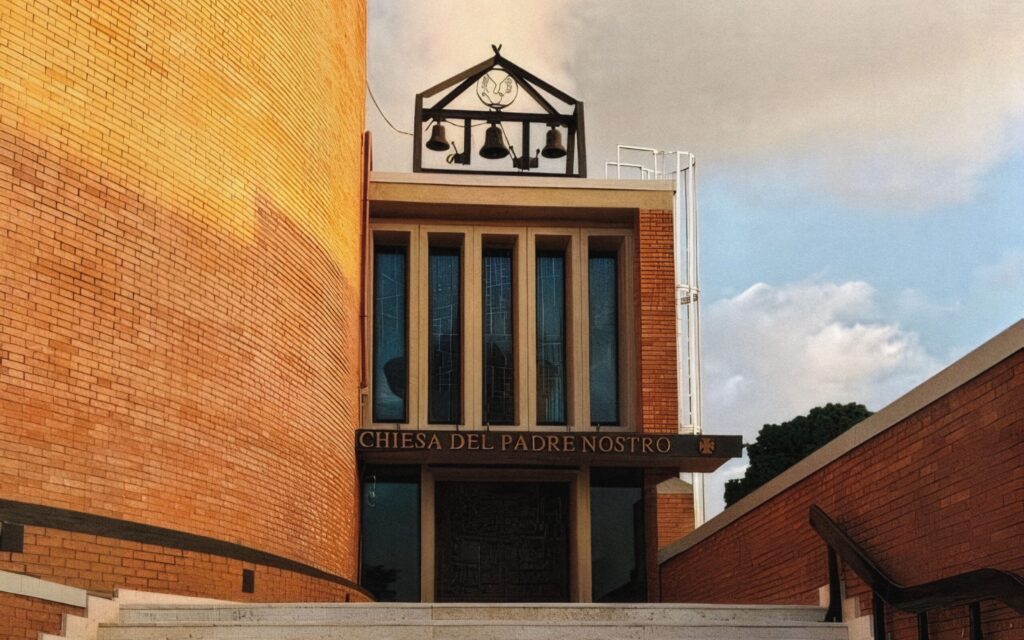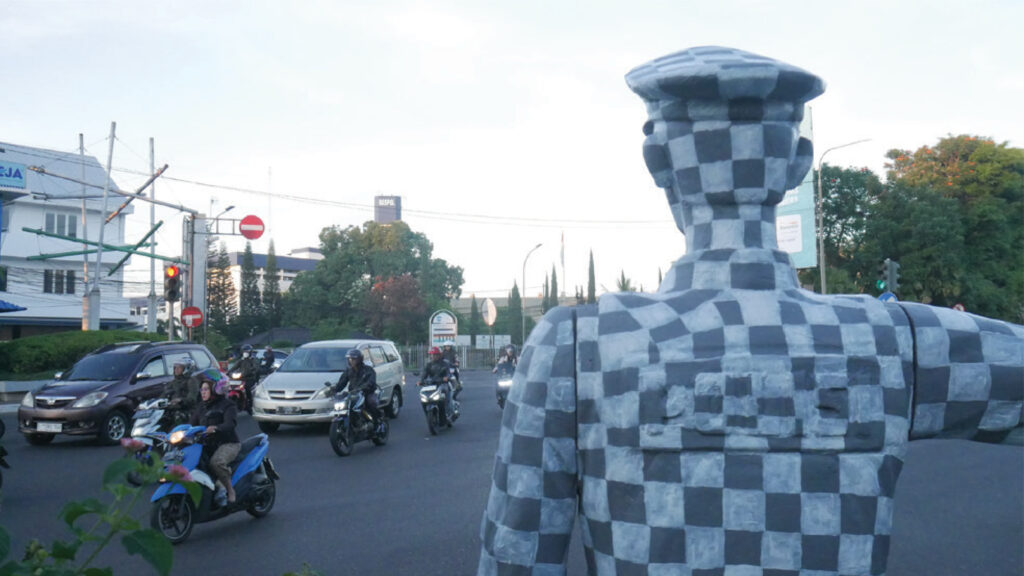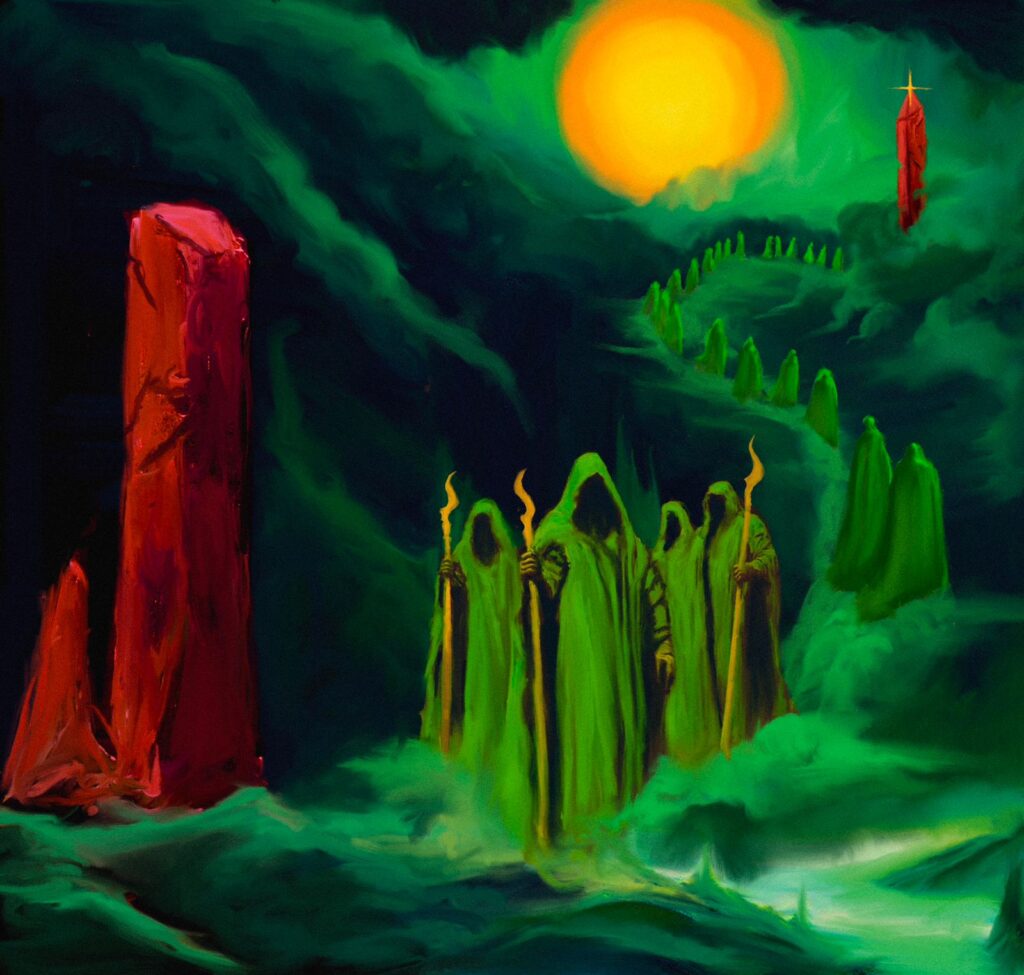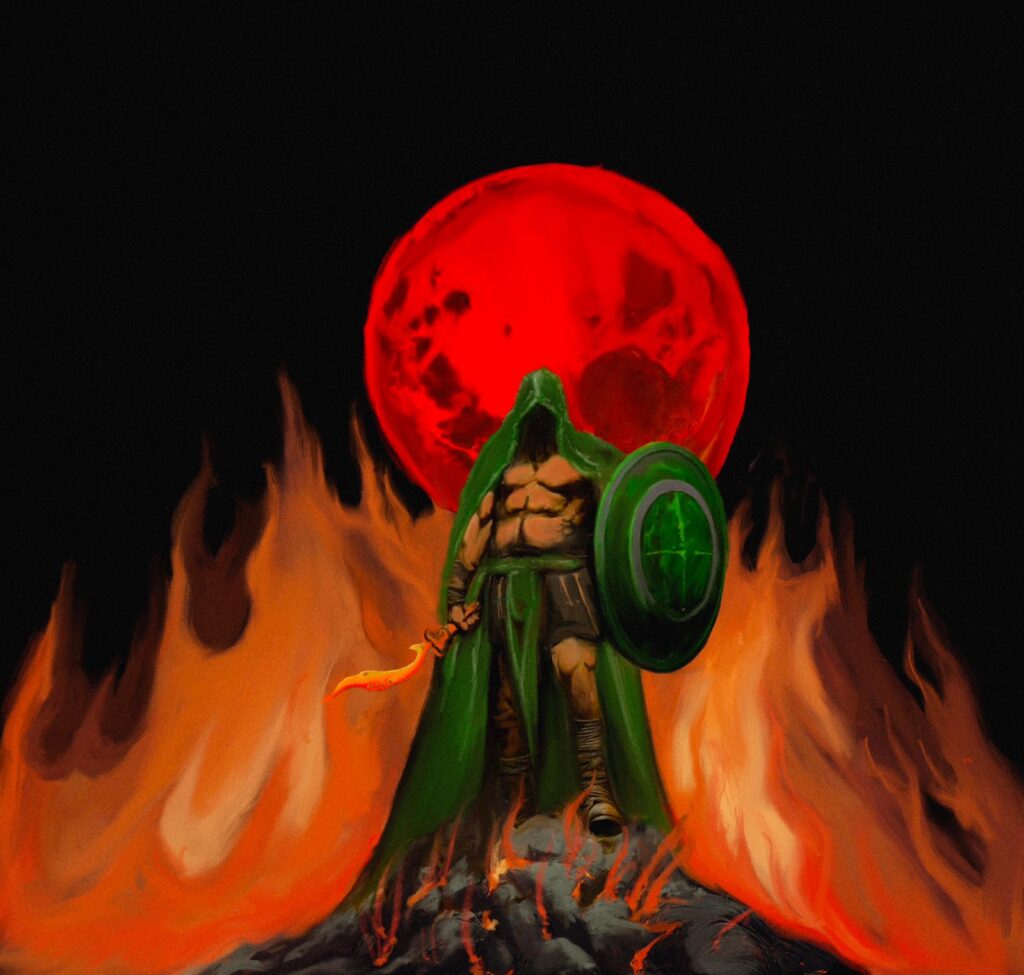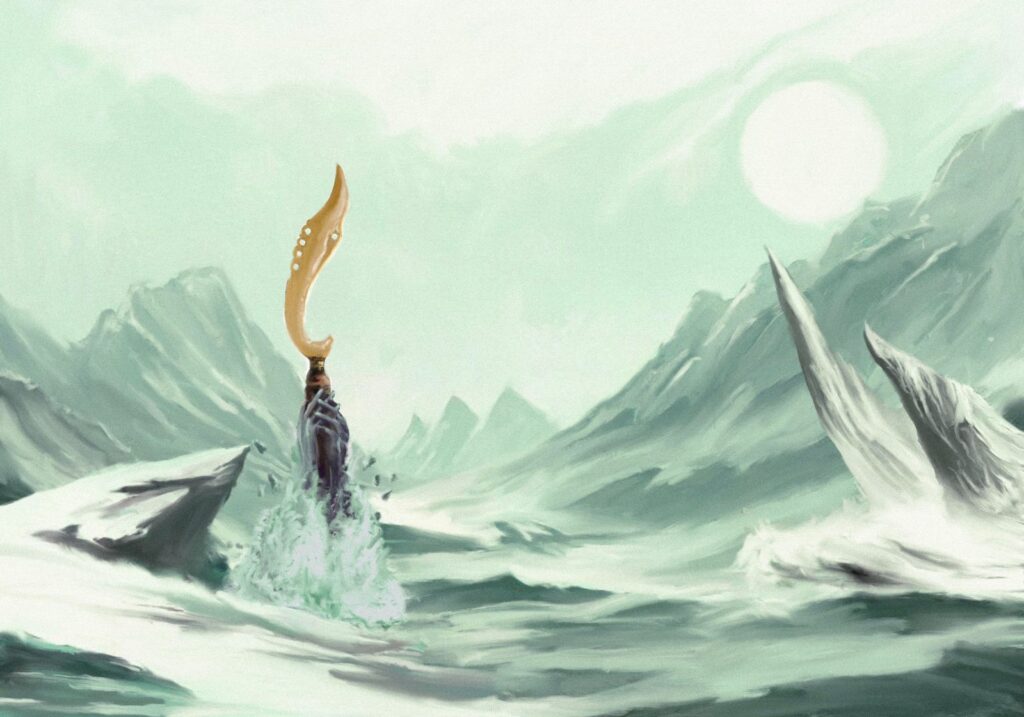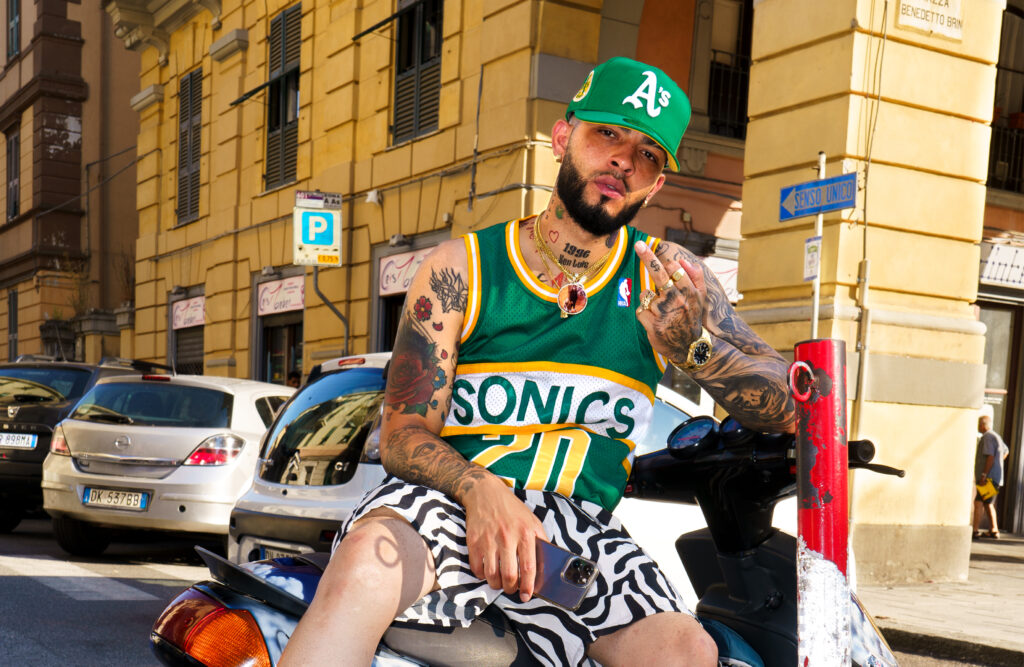DIY Bandung and the Politics of Place
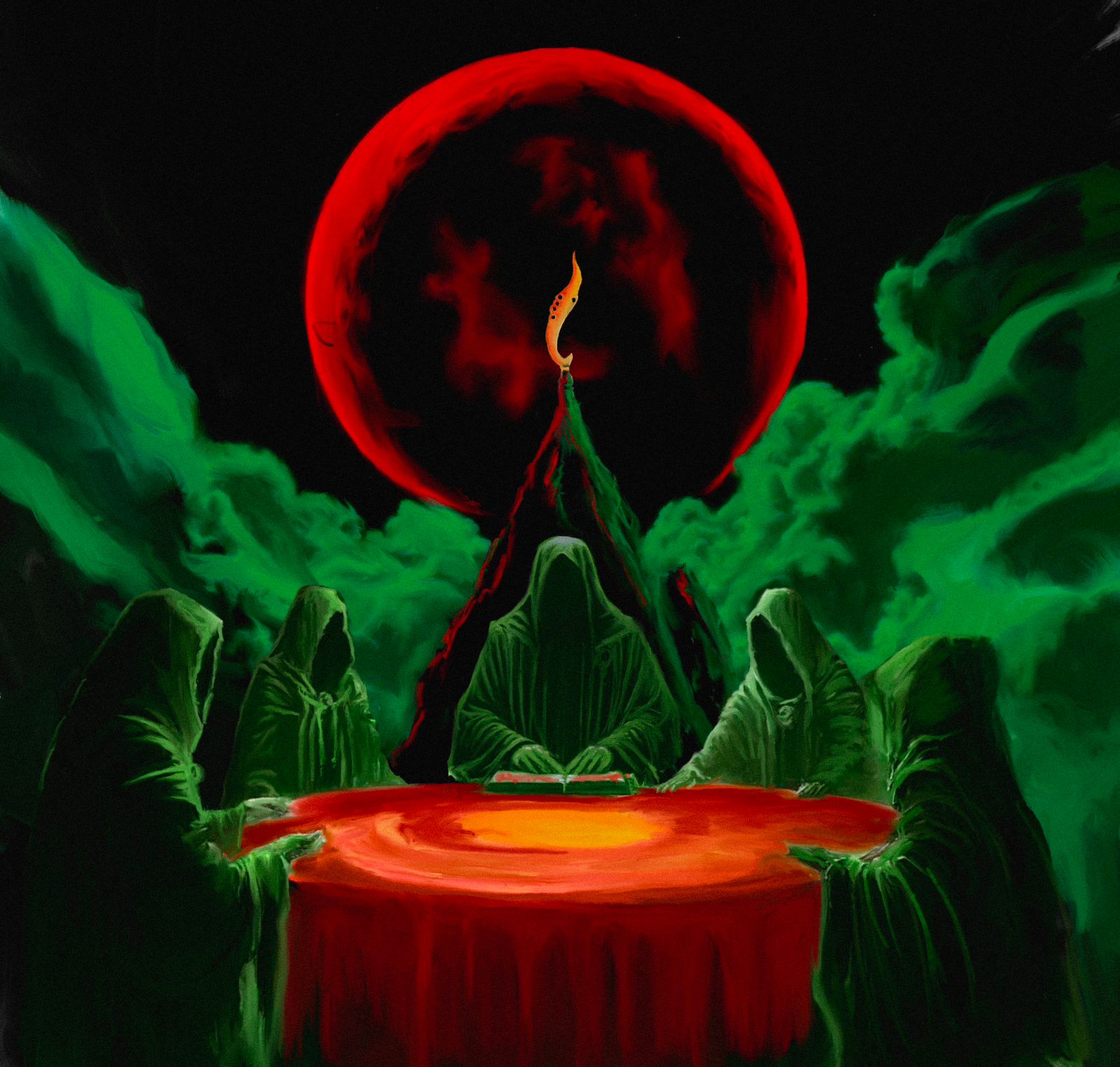
The political history of the Bandung underground can be told as a story of anti-authoritarian resistance or as the development of autonomous cultural institutions. It is also an urban history of space and place. While undeniably part of global and regional underground networks, the underground is closely linked to specific urban environments and modes of urban living. From street punks on Jalan Sumatera to death metalheads in Ujung Berung, the straight edge youth crew in neighbouring Sumedang, the anarchist crust punks of Rumah Pirata, and the emerging scene in Buahbatu featured in this issue, the history of the underground and its DIY practices also reflects the narratives of local neighbourhood scenes—comprising venues, distros, hangouts, collectives, and communities—interlinking shifting underground styles, identities, values, and practices with the evolving urban landscapes of Bandung.
Of course, these local scenes attract participants from across the city and beyond, but they remain shaped by the character of their neighbourhoods and their sense of place. In some cases, there have been explicit political alliances between the underground and local residents, most notably the Tamansari Melawan anti-eviction movement. More broadly, the “DIY sociality” of the underground is significantly influenced by the local urban context. In Buahbatu, for example, the neighbourhood’s working-class metropolitan identity informs the scene. These scenes are local not because they are rooted in particular ethnicities or nations but because they create a network of autonomous communities engaged in dialogue and connection. There is an underground cosmopolitanism to DIY sociality, with a vital translocal dimension; yet, this does not make them entirely detached or deterritorialised. The creative, heterotopic social imagination of these DIY scenes—what Steve Moog calls their “punk worlding”—remains anchored in the specific spaces where their DIY practices of art and social life occur, even as they explore new possibilities.
Bandung’s underground scenes have fostered new forms and infrastructures of cultural production—encompassing aesthetics, techniques, enterprises, and spaces—as well as new forms of social organisation—networks, communities, identities, and values. From distros to zine exchanges to DIY organising collectives, the DIY practices of the underground have profoundly shaped urban life in Bandung. Dayana Lengauer has highlighted the role of the city’s DIY underground in establishing the komunitas as a unique form of urban social organisation based on autonomy, creativity, and solidarity, which has been adopted in other contexts. The underground and its DIY practices have also played a crucial role in both contributing to and challenging the processes of “Creative City” development that have reshaped Bandung’s cultural industries and built environment. While much has been written about how the underground (and particularly the indie scene that emerged from it) has been involved in neoliberal urban development and gentrification, it has also actively resisted these processes and struggled for alternative forms of creative urbanism. In various ways, the contributions in this section all explore forms of “DIY urbanism”—the ways in which DIY practices and communities influence and are influenced by urban spaces and lifestyles, while presenting alternative visions for urban life in and around Bandung.
